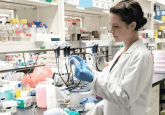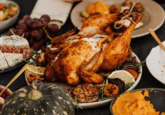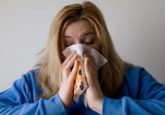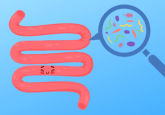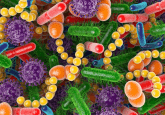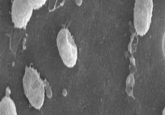Social distancing could prevent microbial transmission in monkeys
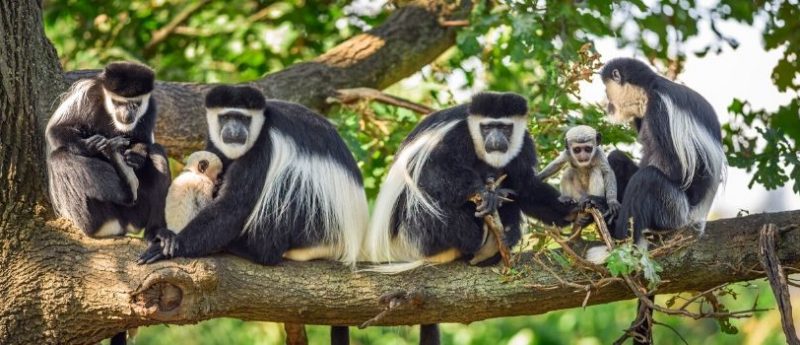
A study investigating microbial transmission in wild colobus monkeys has demonstrated that social distancing between groups is the strongest predictor of high gut microbiome variation.
The current COVID-19 pandemic has highlighted the importance of maintaining social distancing in order to prevent disease transmission. Now, researchers from the University of Texas at San Antonio, the University of Oregon (both USA) and the University of Calgary (AB, Canada) have demonstrated that humans are not the only species to benefit from this.
By investigating microbial transmission of wild colobus monkeys (Colobus vellerosus) in Ghana, the researchers unveiled evidence that gut microbes are transmitted between different groups during intergroup encounters, and that social distancing of these groups was the strongest contributing factor for differences in their gut microbiota.
Over the past few years, the gut microbiome has been put in the hot seat due to its evident link to obesity, the immune system and behavior. However, research into microbiomes is hindered by the variation in microbial composition between individuals.
In this study, published recently in Animal Behaviour, the researchers set out to offer an explanation for the longstanding question of what drives this variation by studying wild colobus monkeys. The researchers considered three potential factors: diet, relatedness and proximity.
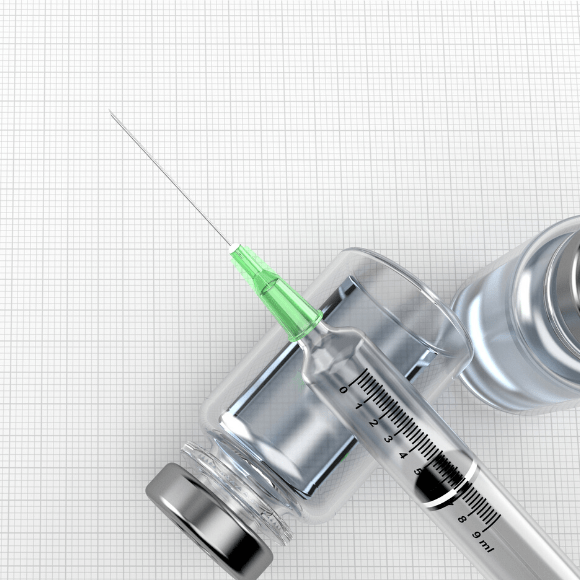 COVID-19: vaccine and drug development updates
COVID-19: vaccine and drug development updates
Providing the latest updates in the understanding of coronavirus, drug development and clinical trials for a vaccine for COVID-19 with weekly updates.
They studied the fecal matter of 45 female colobus monkeys from eight social groups habituating in a small forest in Boabeng-Fiema, Ghana. They then combined rRNA sequencing of the fecal matter collected with demographic and behavioral data collected during May – August 2007 and October 2008 – April 2009 to identify which factor was the strongest predictor of gut microbiome variation.
They discovered that between-group differences in the gut microbiome decreased as social connectivity between groups increased. This discovery indicates that microbial transmission occurs during encounters between members of different groups, either indirectly through a shared environment or directly via social contact.
As some of the microbes transmitted this way are associated with leaf digestions, the researchers believe that this method of microbial transmission could be vital for a colobus monkey’s digestion. If further studies confirm there are health benefits to this transmission, it could explain why the different social groups have friendly intergroup encounters.
However, as well as providing an insight into microbial transmission in monkeys, the study also provides important information regarding the role of social distancing in disease transmission. In fact, lead author of this study, Eva Wikberg (University of Texas at San Antonio) believes these findings could be beneficial in reducing the impact of the current COVID-19 pandemic.
“Social microbial transmission among monkeys can help inform us about how diseases spread. This has parallels to our current situation in which we are trying to understand how social distancing during the COVID-19 pandemic and future disease outbreaks may influence disease transmission,” Wikberg explained.
“Studies of wild animals can teach us a lot about the importance of using interventions, such as social distancing, to ensure a safer community during this pandemic.”
